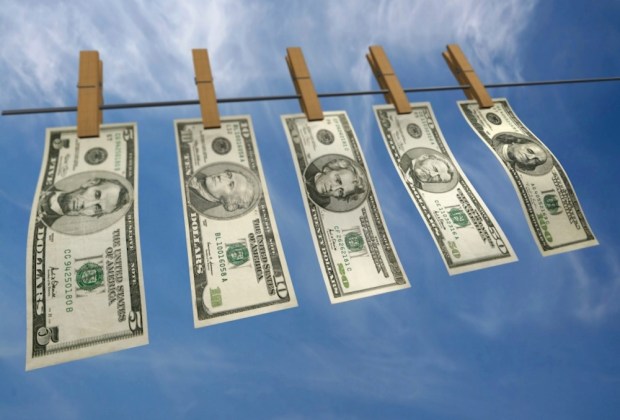U.S. Banks Expect Trump To Stay Tough On Money Laundering

Despite various signals from the administration that President Trump intended to take a lighter-handed approach to financial services regulation than his predecessor did, it seems that will not extend to the regulations that control money laundering.
On Monday, Mr Trump ordered a cap on all new regulations affecting business via an executive order that demanded a “one in, two out” rule for any new US regulations. But AML may be a little bit separately counted here — and observers so far expect he will be as tough on that as the Obama administration was.
Gene Ludwig, chief executive of Promontory Financial Group and a former head of the Office of the Comptroller of the Currency, notes he expects a hardline AML position from Trump, despite his general view of regulation.
“With more countries under the gun, and no prospect of easing sanctions on countries like Iran — quite the contrary — you’d have to assume this area will stay the same or get tougher,” he said.
On the whole, the election of Donald Trump has been good news for banking stocks, which have surged on the promise of a less robust regulatory structure and higher interest rates. But, even before the Trump election, compliance costs were giving some evidence of stabilizing or even shrinking after years of growth. The main driver of those compliance costs has been the Dodd-Frank Act of 2010, which subjected big banks to rigorous annual stress tests and made them draw up plans for their orderly winding-down, among a host of other requirements.
President Trump has promised to “do a big number” on Dodd-Frank, saying its excessive regulation had made it “virtually impossible” for small and midsized businesses to get loans from banks.
Meanwhile, recruiters report that there has been no let-up in demand for staff skilled in compliance with the Bank Secrecy Act, which requires banks be on the lookout for a variety of suspicious behaviors.
AML is “a very hard job,” said Mr Ludwig, “akin to looking for a needle in a haystack. The crooks are constantly changing methodologies so they can get around the approaches taken by banks and others to identify them.”
